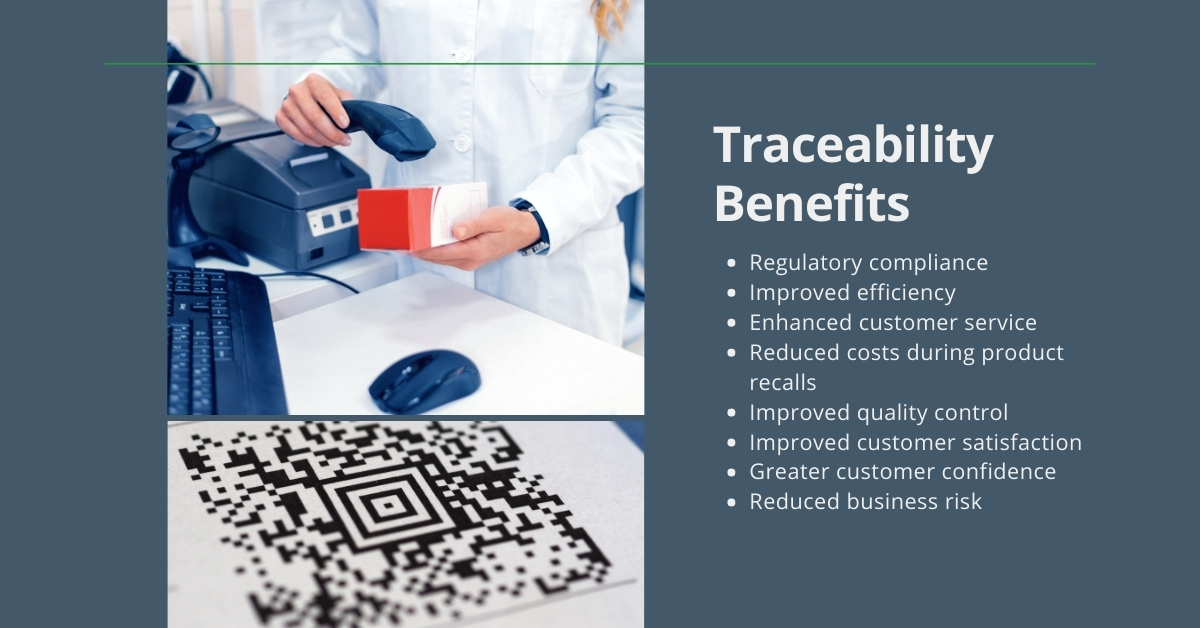The manufacturing / ramp strategies in use on your production lines are crucial to the success of your business. Specifically, they enable you to profitably produce the required volume of products and, in most cases, leave room for growth in the future.
Smart factory solutions allow you to take this a stage further by adding additional efficiencies to your processes and giving you the ability to scale and/or adapt quickly. Examples include:
- Expanding or contracting manufacturing to meet demand
- Adding new products
- Having the flexibility to change between products efficiently
Below are 11 key manufacturing / ramp strategies that will prepare your factory for the future while also driving improvements in OEE, productivity, and profitability.

1. Geographical Planning
Different geographical regions are more suited to manufacturing certain components or products than others. For example, your strategy could involve operating low-tech facilities in parts of Asia because of the large amounts of cheap labour that is available.
However, plants in Europe and other countries in the West require highly-automated solutions to be competitive. The ideal situation is to operate full production with a minimum headcount, achieving a situation that is as close to “lights out” (operator-free) as possible.
2. Build in Flexibility
The more flexibility you have in your production lines, the better. Flexibility increases the options available to your business while also making your production lines more efficient.
For example, if you plan to manufacture additional components or products in the future, you should design features now to allow your manufacturing system to accommodate this with minimal changeover disruption.
3. Build in Configurability
Configurability is linked to flexibility but takes it a stage further by allowing you to add additional process steps to your manufacturing line. This could be to meet new regulatory requirements, for example, or to offer enhanced product customisation.
4. Incorporate Robotics
Robots are integral to Industry 4.0 goals and the development of Smart Factories. In other words, they are crucial to the future of manufacturing. Your strategy should be to maximise their use through the implementation of smart factory solutions.
5. Adoption of Universal Tooling Design
Universal tooling makes it easier for your production line to adapt to multiple products as well as allowing for quick changeovers between products.
6. Late Point Configuration
Having late point configuration capabilities through a postponement strategy will increase your ability to meet customer demand for more configurable and customisable products. This is one of the most dominant modern consumer trends, so it can give you a competitive edge. You can achieve this with Factory Automation.
7. Include Full Traceability
Full traceability of products to the smallest pack size is a regulatory requirement in many countries around the world, but it also offers other benefits to your business. This includes making your business more efficient, i.e., cutting the time it takes to track and trace products from hours to seconds.
In addition, track and trace capabilities improve the level of service you offer to customers.

8. Adopt Lean and Agile Manufacturing Strategies
Being lean will enable your production lines to produce higher volumes of product, while an agile approach makes it possible to move into high mix manufacturing. Smart factory solutions make both possible.
9. Fast Time to Market Strategy
Your business cannot afford years of design and development time. Therefore, you need to streamline the process of bringing a product to market to ensure it takes as little time as possible. The best way to achieve this is through the adoption of smart factory solutions and Industry 4.0 technologies.
10. Re-Use
Digital manufacturing technologies also make it easier to re-use your production line assets to maximise usable asset life, minimise new capital expenditure, and improve ROI.
11. Horizontal and Vertical Integration
It is important you integrate smart factory solutions horizontally as well as vertically. This is because having isolated automation solution silos adds complexity, which reduces business agility and productivity.
Instead, you need to move to a point where you have fully integrated IT systems, closely linking engineering, production, marketing, and aftersales. This is sometimes referred to as closed-loop manufacturing, where product design, manufacturing, and performance are all within the same loop. This helps make your business more competitive.
In addition, you will also be able to integrate with other companies, increasing collaboration and establishing fully automated data integration networks and value chains.
Evolving Your Production Line with Smart Factory Technologies
Manufacturing has always evolved, but new technologies are increasing the pace of that evolution. Smart factory technologies and solutions, along with the 11 strategies above, will ensure your factory is equipped for the challenges and opportunities of today and the future.

